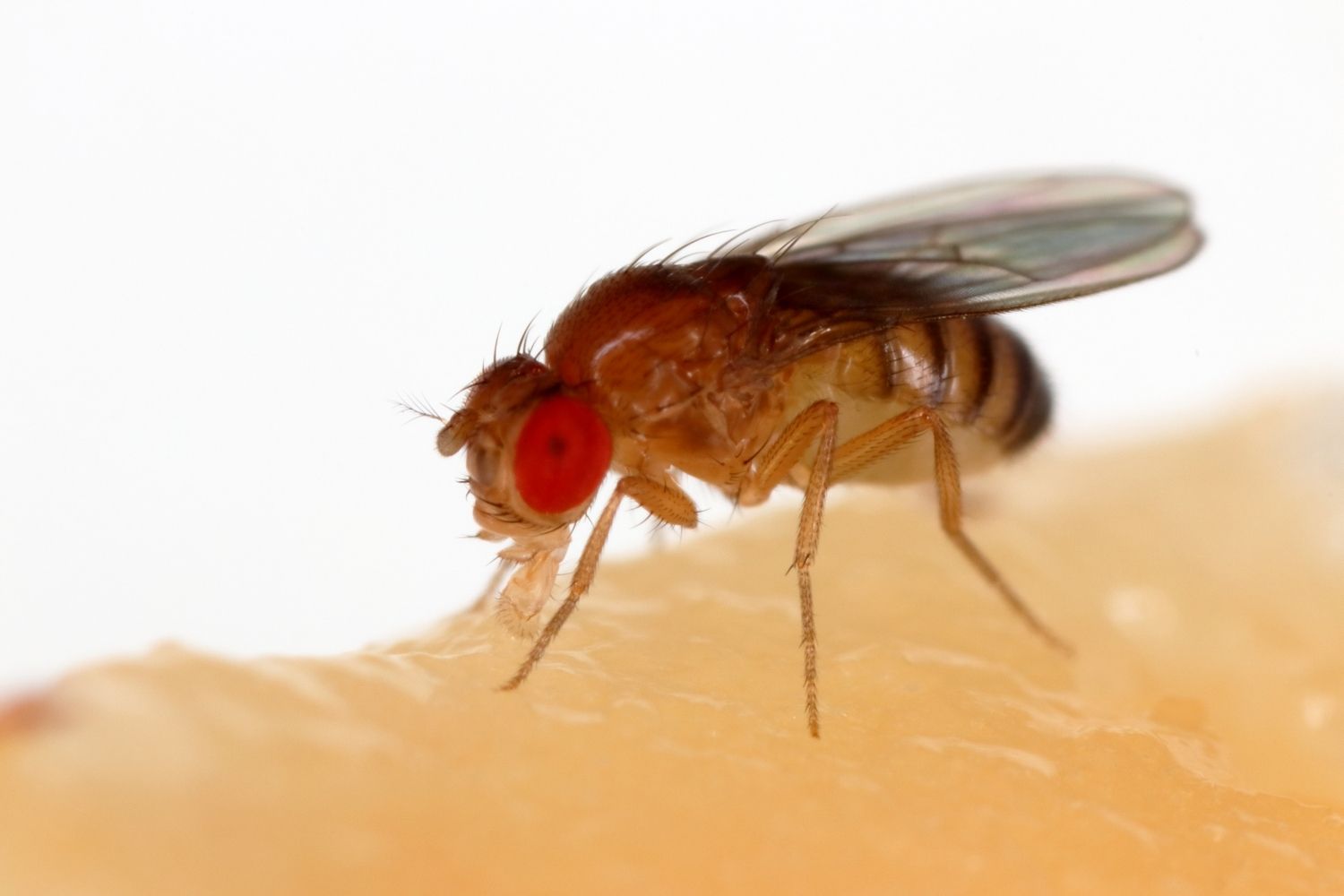
Drosophila, commonly known as fruit flies, are tiny insects that have a big impact on science. These little creatures are more than just pests buzzing around your fruit bowl. Why are Drosophila important? They play a crucial role in genetic research. Scientists love them because they reproduce quickly, have simple genetics, and share many genes with humans. This makes them perfect for studying everything from basic biology to complex diseases. Plus, their short life cycle allows researchers to observe many generations in a short time. Ready to learn some cool facts about these tiny but mighty insects? Let’s dive in!
Key Takeaways:
- Drosophila, also known as fruit flies, are tiny insects with a big impact on science. They help scientists study genetics, diseases, and even human behaviors like sleep and memory.
- These tiny fruit flies may be pests in your kitchen, but they're also superheroes in research and education. They help scientists understand diseases, teach students about genetics, and even control pests in agriculture.
What is Drosophila?
Drosophila, commonly known as fruit flies, are tiny insects often seen buzzing around ripe fruits. These flies have become essential in scientific research due to their simple genetics and short life cycles. Let's dive into some fascinating facts about these tiny creatures.
-
Scientific Name: The scientific name for the common fruit fly is Drosophila melanogaster.
-
Size: Adult Drosophila are about 3-4 mm long, making them easy to miss unless they're swarming your fruit bowl.
-
Lifespan: These flies have a short lifespan, living only about 30 days under optimal conditions.
-
Reproduction: A single female can lay up to 500 eggs in her lifetime, ensuring a rapid population growth.
-
Development: From egg to adult, Drosophila undergoes complete metamorphosis, including egg, larva, pupa, and adult stages.
Drosophila in Research
Drosophila has been a cornerstone in genetic research for over a century. Their simple genetic structure and short life cycle make them ideal for scientific studies.
-
Model Organism: Drosophila is one of the most studied model organisms in genetics and developmental biology.
-
Nobel Prizes: Research involving Drosophila has contributed to six Nobel Prizes in Physiology or Medicine.
-
Genome: The Drosophila genome was fully sequenced in 2000, revealing about 13,600 genes.
-
Genetic Similarity: Despite their small size, about 75% of known human disease genes have a counterpart in the fruit fly.
-
Mutations: Scientists can easily induce mutations in Drosophila, making it easier to study gene functions and interactions.
Behavior and Ecology
Drosophila's behavior and ecological roles are as intriguing as their genetic makeup. They play vital roles in various ecosystems.
-
Diet: Fruit flies primarily feed on decaying fruit and other organic matter, aiding in decomposition.
-
Habitat: They are found worldwide, thriving in diverse environments from tropical rainforests to urban kitchens.
-
Mating Rituals: Male Drosophila perform a courtship dance that includes wing vibrations and specific movements to attract females.
-
Senses: These flies have highly developed senses, including vision and smell, which help them locate food and mates.
-
Flight: Drosophila are excellent fliers, capable of rapid and agile movements to escape predators.
Interesting Facts
Beyond their scientific importance, Drosophila have some quirky and surprising traits that make them even more fascinating.
-
Alcohol Tolerance: Drosophila can tolerate high levels of alcohol, often found in fermenting fruits, which would be toxic to many other organisms.
-
Sleep Patterns: Fruit flies have sleep patterns similar to humans, making them useful for studying sleep disorders.
-
Learning and Memory: These tiny insects can learn and remember, demonstrating simple forms of associative learning.
-
Color Vision: Drosophila can see a range of colors, including ultraviolet light, which is invisible to humans.
-
Temperature Sensitivity: They are highly sensitive to temperature changes, with optimal growth occurring between 18-25°C (64-77°F).
Drosophila and Human Impact
Drosophila's interactions with humans go beyond just being a research tool. They have both positive and negative impacts on human activities.
-
Pest Status: While beneficial in research, fruit flies can be pests in homes, restaurants, and food processing facilities.
-
Biocontrol Agents: Some species of Drosophila are used in biological control to manage pest populations in agriculture.
-
Public Health: Studies on Drosophila have provided insights into human diseases, including cancer, neurodegenerative disorders, and metabolic diseases.
-
Education: Drosophila is widely used in educational settings to teach genetics, biology, and scientific research methods.
The Final Buzz on Drosophila
Drosophila, or fruit flies, might seem tiny and insignificant, but they pack a punch in the world of science. These little insects have been at the heart of groundbreaking genetic research, helping scientists understand everything from heredity to disease. Their short life cycle and simple genetic makeup make them perfect for lab studies. Plus, they share a surprising amount of genetic material with humans, making them invaluable for medical research.
Fruit flies have also contributed to our knowledge of behavior, development, and even space travel. They’ve been to space, survived extreme conditions, and helped us learn about the effects of microgravity. So next time you see a fruit fly buzzing around your fruit bowl, remember, it’s not just a pest. It’s a tiny hero of science, contributing to discoveries that impact our everyday lives.
Frequently Asked Questions
Was this page helpful?
Our commitment to delivering trustworthy and engaging content is at the heart of what we do. Each fact on our site is contributed by real users like you, bringing a wealth of diverse insights and information. To ensure the highest standards of accuracy and reliability, our dedicated editors meticulously review each submission. This process guarantees that the facts we share are not only fascinating but also credible. Trust in our commitment to quality and authenticity as you explore and learn with us.
